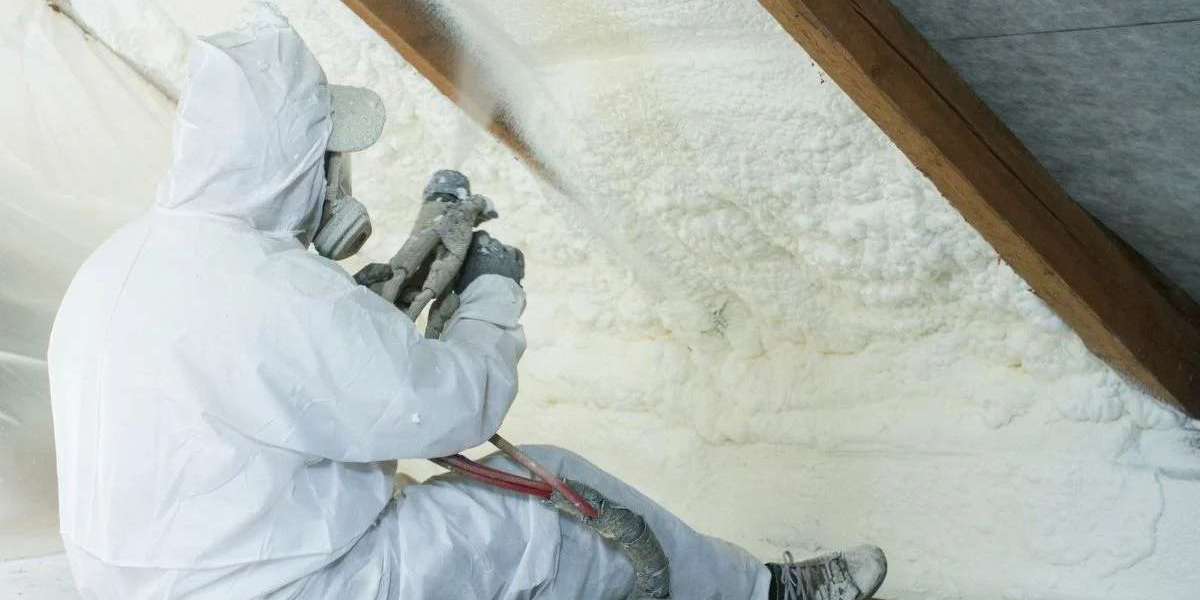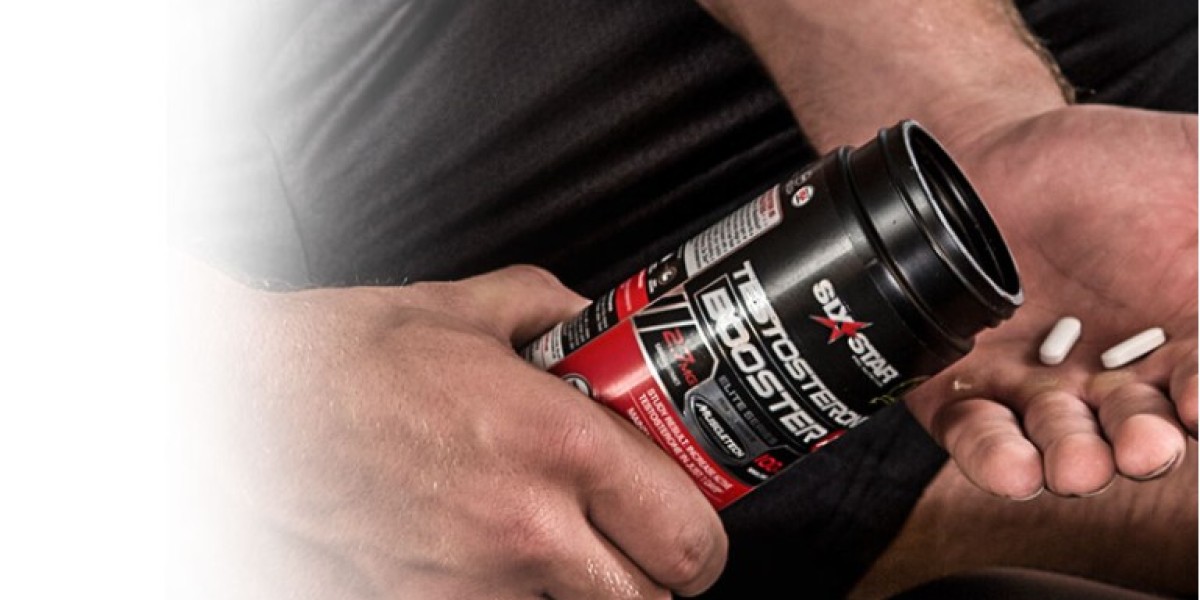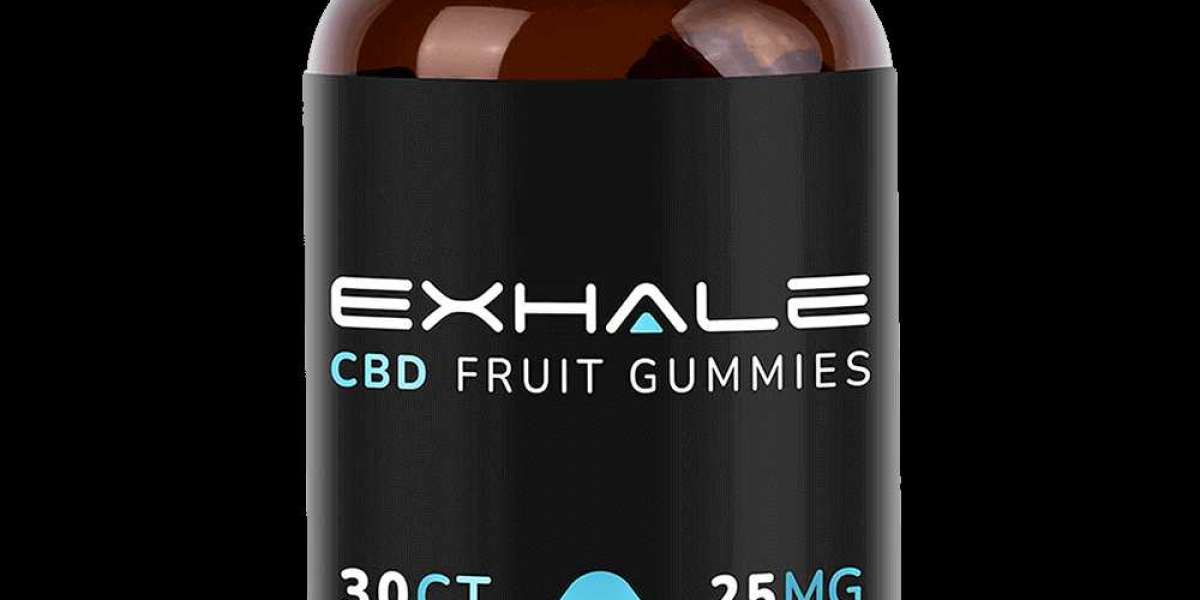Foam insulation is a vital part of energy-efficient building systems, commonly used for its ability to minimize heat transfer and improve comfort within homes and commercial spaces. As demand for sustainable building materials rises, the foam insulation market has grown substantially in recent years. However, understanding the cost structure of foam insulation can be complex, influenced by various factors such as raw materials, manufacturing processes, and market dynamics. In this blog, we will explore the cost structures involved in the foam insulation market and discuss the key components that contribute to pricing.
Understanding Foam Insulation
Foam insulation is primarily made from polyurethane, polystyrene, or spray foam. These materials are produced using chemicals that, when mixed, expand into a foam, creating a barrier that helps in regulating temperature. The two most common types of foam insulation are rigid foam boards and spray foam, both of which provide superior thermal performance.
The cost of foam insulation is generally influenced by the type of foam used, the required R-value (thermal resistance), the quantity purchased, and the method of installation. The application of foam insulation can also vary from residential to commercial, impacting the final cost.
Key Factors Affecting Foam Insulation Cost Structures
Raw Materials
The primary raw materials used in the production of foam insulation include petrochemical derivatives such as isocyanates and polyols for polyurethane foam or styrene for polystyrene-based foams. These materials are subject to price fluctuations based on crude oil prices, supply chain disruptions, and demand in other industries. A surge in raw material prices directly impacts foam insulation pricing, causing cost volatility.Manufacturing Processes
The method of manufacturing foam insulation plays a significant role in determining the overall cost. Spray foam, which is applied on-site, typically incurs higher costs due to labor and specialized equipment needed for installation. In contrast, rigid foam boards are pre-manufactured and can be more cost-effective in certain projects due to simplified installation processes. The complexity of the manufacturing process, the technology involved, and economies of scale all contribute to price differentiation.Transportation and Logistics
The cost of transporting foam insulation from production facilities to construction sites can be significant, especially for large or remote projects. Since foam insulation is typically bulky and lightweight, freight charges are often calculated based on volume rather than weight. Moreover, foam insulation products, especially spray foam, may require special handling or temperature-controlled transport to maintain their integrity, further adding to logistical costs.Labor and Installation Costs
Labor costs vary widely depending on the installation method. Spray foam, for instance, requires highly skilled technicians to apply it correctly, which drives up labor costs. On the other hand, rigid foam boards can be installed by general laborers, making them more affordable in terms of installation. Additionally, the location and accessibility of the installation site can influence labor rates, with remote or difficult-to-access areas resulting in higher installation costs.Market Demand and Competition
The demand for foam insulation is driven by the construction industry's growth, energy efficiency regulations, and consumer interest in sustainable building materials. When demand increases, especially during peak construction seasons, the cost of foam insulation may rise due to tighter supply and higher competition for available materials and labor. On the other hand, in a competitive market, manufacturers may lower prices to capture market share, which can reduce costs for end consumers.Energy Efficiency Standards and Regulations
Governments around the world are implementing stricter building codes and energy efficiency regulations, encouraging the use of high-performance insulation materials like foam. These regulations can affect the demand for specific types of foam insulation, which in turn impacts prices. For example, higher R-value foam may cost more due to the advanced technology and materials required to achieve superior thermal resistance.
Pricing Trends and Future Outlook
As global awareness of energy conservation grows, the demand for foam insulation is expected to continue rising, with emerging markets showing increased interest in energy-efficient solutions. Innovations in foam technology, including the development of eco-friendly materials and more efficient production methods, are likely to influence cost structures in the future.
Additionally, fluctuations in raw material prices and supply chain challenges, such as the ongoing volatility in global oil markets, may continue to create pricing uncertainty. However, economies of scale, advancements in manufacturing techniques, and growing competition may help mitigate some of these cost pressures in the long term.
Conclusion
The foam insulation market cost structure is influenced by a variety of factors, including raw materials, manufacturing processes, labor costs, and market demand. Understanding these key components can help businesses and consumers make informed decisions when selecting foam insulation for their projects. With continued advancements in technology and growing market demand, the foam insulation industry is poised for further growth, though cost volatility may remain a factor to consider in the coming years.








